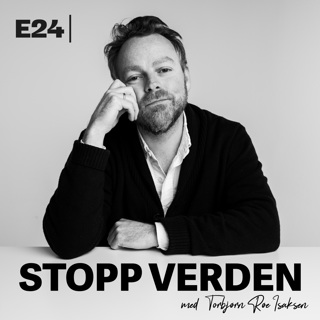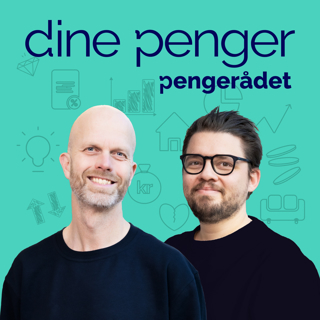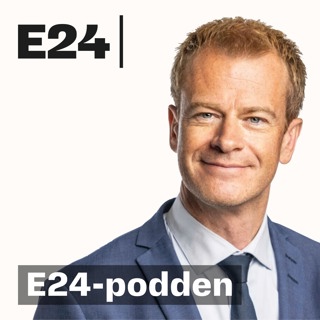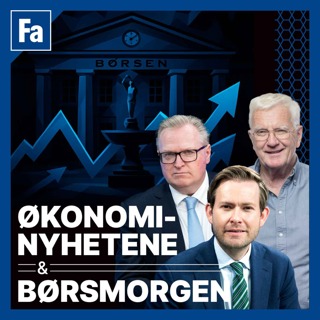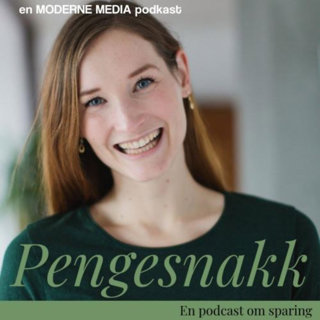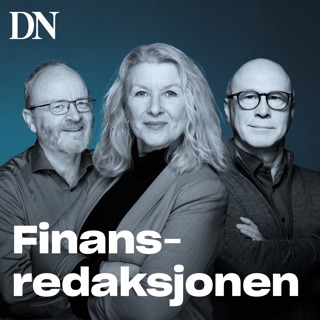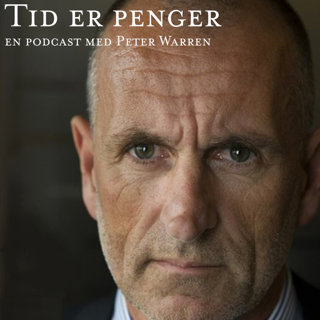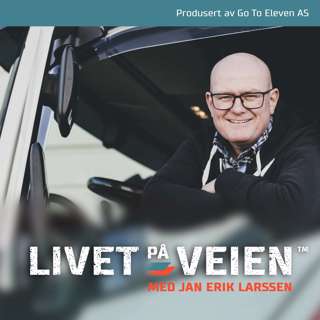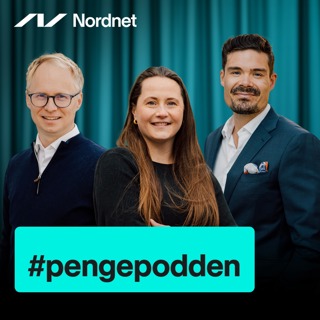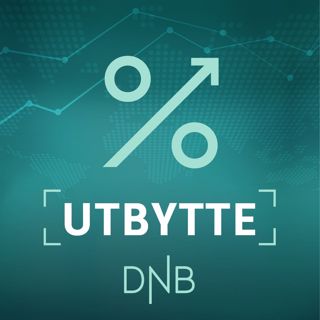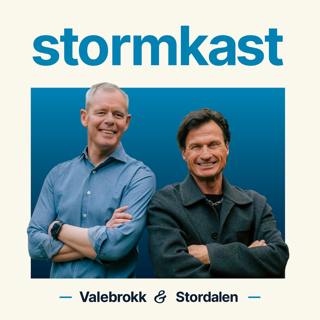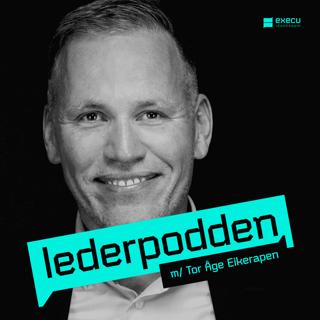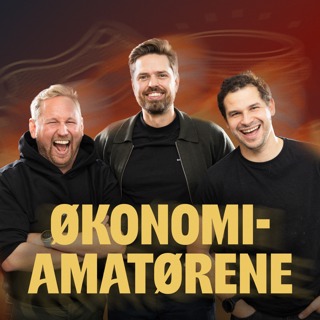
How Startups are Fixing Healthcare Friction
What if the biggest lever for improving U.S. healthcare isn’t clinical, but operational?In this episode, recorded live at New York Tech Week, a16z General Partner David Haber speaks with Trey Holterman (Tennr) and Christophe Rimann (Camber), two founders tackling the core infrastructure problems slowing healthcare down - from broken referral handoffs to denied insurance claims.They discuss building trust in high-stakes workflows, how better incentives (not just better tech) drive adoption, and why the most defensible products aren’t just smart - they work 97%+ of the time.Plus: advice for founders, the cultural edge of New York startups, and what they’d fix first if they ran HHS.Timecodes:00:00 Introduction to Healthcare Payment Innovation00:48 Meet the Founders: Trey Holman and Christophe Reman02:31 The Broken Healthcare System: Identifying the Problems03:47 The Why Now: Technological and Market Shifts05:29 Understanding the Customers and Their Needs06:34 Challenges and Misconceptions in Healthcare Technology08:31 Building a Company in New York City10:29 Leveraging AI and Technology for Better Outcomes12:29 Defensibility and Differentiation in Healthcare Solutions15:28 Impact on Providers and Patients18:09 Advice for Aspiring Healthcare Entrepreneurs23:17 Conclusion and Final ThoughtsResources:Find David on X: https://x.com/dhaberFind Trey on LinkedIn: https://www.linkedin.com/in/trey-holtermanFind Christophe on X: https://www.linkedin.com/in/christopherimann/
25 Jun 23min
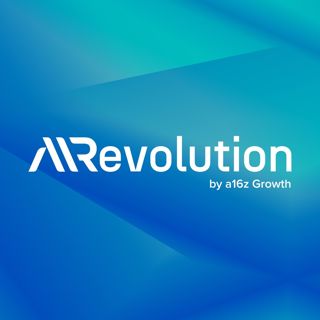
What Comes After Mobile? Meta’s Andrew Bosworth on AI and Consumer Tech
For the past 20 years, consumer technology has been shaped by the same form factors: apps and touchscreens on smartphones. But advances in AI, wearables, and hardware could introduce an entirely new stack—creating a more agentic, adaptive, and immersive computing experience for users everywhere.Drawing on his early days building Facebook’s News Feed to his work today on smart glasses and AR headsets, Meta CTO Andrew Bosworth joins a16z Growth General Partner David George to share how he's translated emerging technologies into products people use and love. He also explores how breakthroughs in AI and hardware could turn the existing app model on its head, introduce entirely new competitive dynamics and business models for startups, and usher in a post-mobile phone era. If we get it right, Bosworth says, the next wave of consumer tech won’t run on taps and swipes—it’ll run on intent.Read more, including a full transcript, here: a16z.com/after-mobile-consumer-tech-andrew-bosworth [00:00:00] The future of content consumption[00:02:18] Building great products on the backs of tech trends[00:08:24] The evolution of Reality Labs and imagining a post-mobile world[00:11:36] Building a bridge to the post-mobile era[00:15:00] Does AI turn the app model on its head?[00:21:28] Competing on performance and price in the AI era[00:24:27] Open source, Llama, and commoditizing your complements[00:27:49] Risks to the post-mobile vision[00:32:41] Committing to the visionIn our conversation series AI Revolution, we ask industry leaders how they’re harnessing the power of generative AI and steering their companies through the next platform shift. Find more content from our AI Revolution series on www.a16z.com/AIRevolutionPlease note that the content here is for informational purposes only; should NOT be taken as legal, business, tax, or investment advice or be used to evaluate any investment, digital asset, or security; and is not directed at any investors or potential investors in any a16z fund. a16z and its affiliates may maintain investments in the companies discussed. For more details please see a16z.com/disclosures.
24 Apr 32min

Who Will Own the Internet? a16z’s Chris Dixon on AI and Crypto
Technology doesn’t grow in isolation—it evolves in waves. Just as mobile, cloud, and social shaped the internet of the past 20 years, so too could crypto, AI, and new hardware usher in an era of the internet that’s pro-innovation, pro-startup, and pro-creator. Speaking with a16z Growth General Partner David George, a16z crypto Founder and Managing Partner Chris Dixon breaks down his vision for a new internet, from using crypto to decentralize AI infrastructure and kickstart network effects, to why AI will be this era’s native form of media just as film was in the 1930s. He also explores why the internet’s original covenant—where content creators traded free access for search traffic—is breaking today, and how a better internet could introduce entirely new business models for creators. Right now, we have a choice to make: will the next era of the internet be shaped by a handful of centralized players, or transformed into an open ecosystem where power and control flow to creators across the globe?Read more, including a full transcript, here: https://a16z.com/ai-crypto-internet-chris-dixon/[00:00:30] How technology evolves[00:02:54] How crypto and AI interact[00:08:39] Breaking the economic pact of the internet[00:12:57] From mobile, social, and cloud to crypto, AI, and hardware[00:14:49] Using crypto to bootstrap network effects[00:16:33] Is AI frosting or sugar?[00:19:57] Come for the tool, stay for the network[00:20:39] Skeuomorphic vs. native technologies[00:26:07] AI as the creative substrate of our era[00:30:11] Balancing supply and demand in AI[00:35:03] What decides consumer adoption of AI?[00:36:05] What is the ideal future state of the internet?In our conversation series AI Revolution, we ask industry leaders how they’re harnessing the power of generative AI and steering their companies through the next platform shift. Find more content from our AI Revolution series on www.a16z.com/AIRevolution.Chris Dixon’s book is now available in paperback at readwriteown.com.
21 Feb 32min

How AI Is Changing Warfare, with Anduril CEO Brian Schimpf
Anduril reimagined how startups can build software and hardware for the defense sector. Now, they're using AI to reimagine modern warfare. Speaking with a16z Growth General Partner David George, Anduril cofounder and CEO Brian Schimpf discusses how AI helps humans make better strategic decisions by sorting through the enormous amount of data collected from modern battlefields. Brian also discusses navigating the US government’s complex procurement processes, using commercial technologies to kickstart their own product development, and the growing opportunities for startups in defense. Throughout, Brian offers a deep dive into the intersection of technology, geopolitics, and the future of defense. [00:00:19] Anduril and the rise of defense tech[00:03:27] The state of AI in warfare[00:06:02] The role of AI in decisionmaking[00:09:36] The deterrence value of AI[00:11:05] How automated can warfare become?[00:14:51] How to sell to the Department of Defense[00:18:25] Improving the procurement process[00:21:23] The urgency for improving R&D cycles[00:25:16] Driving down costs and speeding innovation[00:30:26] Project Warp Speed for defense[00:31:30] The perception and reality of defense startupsRead more, including a full transcript, here: https://a16z.com/how-ai-is-changing-w...In our conversation series AI Revolution, we ask industry leaders how they’re harnessing the power of generative AI and steering their companies through the next platform shift. Find more content from our AI Revolution series on www.a16z.com/AIRevolution. Please note that the content here is for informational purposes only; should NOT be taken as legal, business, tax, or investment advice or be used to evaluate any investment or security; and is not directed at any investors or potential investors in any a16z fund. a16z and its affiliates may maintain investments in the companies discussed. For more details please see a16z.com/disclosures.
13 Feb 35min

In The Vault: How AI is Powering Payments with Greg Ulrich
How does a company as massive as Mastercard decide where to deploy AI? Instead of centralizing every AI initiative, Mastercard operates under a “hub and spoke” model — balancing centralized AI leadership with decentralized innovation across business units.In this episode, a16z Partner Marc Andrusko chats with Mastercard’s Chief AI and Data Officer Greg Ulrich about Mastercard’s long history of using AI, the opportunities (and potential risks) associated with integrating generative AI into fraud detection, determining what tech to employ based on use cases, and the best advice he’s ever gotten.“In the Vault” is a podcast series by the a16z Fintech team, where we sit down with the most influential figures in financial services to explore key trends impacting the industry and the innovations that will shape our future. Resources:Find "In The Vault" on a16z.com: https://a16z.com/podcasts/in-the-vault/ Find more about a16z's vision for the future of fintech: https://a16z.com/banking-on-ai/Find Marc Andrusko on X: https://x.com/mandrusko1Find Greg Ulrich on LinkedIn: https://www.linkedin.com/in/gregu/Find a16z on X: https://x.com/a16zFind a16z on LinkedIn: https://www.linkedin.com/company/a16zSubscribe to the a16z Fintech newsletter: https://info.a16z.com/newsletters-fintech.html
4 Feb 29min

How Jack Henry is Modernizing Banking Infrastructure
Most financial institutions still bank on software built before the internet, but Jack Henry's CTO, Ben Metz, is leading a quiet revolution to change that. Speaking with a16z General Partner Angela Strange, Metz shares how banks’ historical tech infrastructure and regulatory obstacles have stymied innovation—and how Jack Henry is helping them overcome these challenges. Metz outlines actionable ways startup founders can help smaller community banks leverage artificial intelligence and cloud computing, reshaping the industry at large. Chapter Breakdown:0:47 Backstory 2:15 Community banks and historical infrastructure 4:30 Pre-internet banking & software realities 6:45 Challenges of scaling historical banking tech8:30 Building software & COBOL12:15 Dissecting core banking systems 15:40 How regulatory hurdles impact innovation18:30 Mobile banking and market shiftsT22:45 Integrating AI into banking's foundation 25:30 Digital service core to banking 28:15 Where AI will be integrated first31:20 Advice for fintech founders 34:45 Building a data platform to enable innovation 38:20 Working together: banking & tech startups
19 Des 202426min

Building a $20B+ Open Source Business with MongoDB's Eliot Horowitz
a16z Partner Seema Amble talks with MongoDB and Viam co-founder Eliot Horowitz about building sustainable open source software tools. From challenging Oracle to building the de facto cloud-based database management tool, Horowitz outlines MongoDB’s early go-to-market strategies, approach to community building, and enterprise sales motion. This episode provides detailed tips on creating solutions for the developer community, building trust amongst enterprises, and successfully scaling a business supported by the open source community. 01:18-03:42 Why open source is a strategic business decision 3:42:6:03 Product development strategy + making developers’ lives easier6:03-08:24 MongoDB strategy of building community through meetups08:24-10:49 The five-second rule for developer products10:49-13:09 How MongoDB used meetups to fuel growth13:09-15:35 The importance of getting people excited about your product15:35-19:29 MongoDB’s enterprise sales strategy 19:28-20:26 MongoDB’s recruiting strategy 20:26-25:12 Open source customers vs. users, adoption patterns 25:12-27:35 The evolution of enterprise deals and building trust through demos27:35-32:23 Product communication strategies and tactics 32:23-39:37 Managing customers and building long-term relationships39:37-40:16 Outro
12 Des 202440min

How Zapier Became Profitable in 3 years and Scaled to $5B with Wade Foster
a16z Partner Seema Amble connects with Zapier co-founder Wade Foster about the company’s founding and GTM success utilizing a product-led growth (PLG) strategy. Chock-full of actionable insights, this episode explores Zapier’s product strategy, customer experience, and how the team built a sustainable growth engine that enabled them to reach profitability within three years. Foster also provides valuable guidance on brand strategy and how creating an unconventional “weird” brand helped Zapier differentiate from competitors.1:15-2:05 Zapier's origin story2:05-3:13 Initial product idea3:13-5:06 Finding product-market fit and YC5:06-7:43 How Zapier found their early customers7:43-10:15 Strategic approach to identifying services to integrate10:15-13:28 Identifying customer needs and optimizing onboarding13:28-16:10 Developing a scalable customer acquisition strategy16:10-19:07 Guidance on building a successful self-serve product 19:07:23:52 Early pricing experiments and brand evolution23:53-27:04 Early hiring strategy 27:04-29:59 Reflecting on Zapier’s brand identity and product strategy29:59-31:19 Advice for founders regarding customer acquisition and GTM31:19-31:59 OutroPlease note that the content here is for informational purposes only; should not be taken as legal, business, tax, or investment advice or be used to evaluate any investment or security; and is not directed at any investors or potential investors in any a16z fund. a16z and its affiliates may maintain investments in the companies discussed. For more details please see a16z.com/disclosures.
10 Des 202431min



